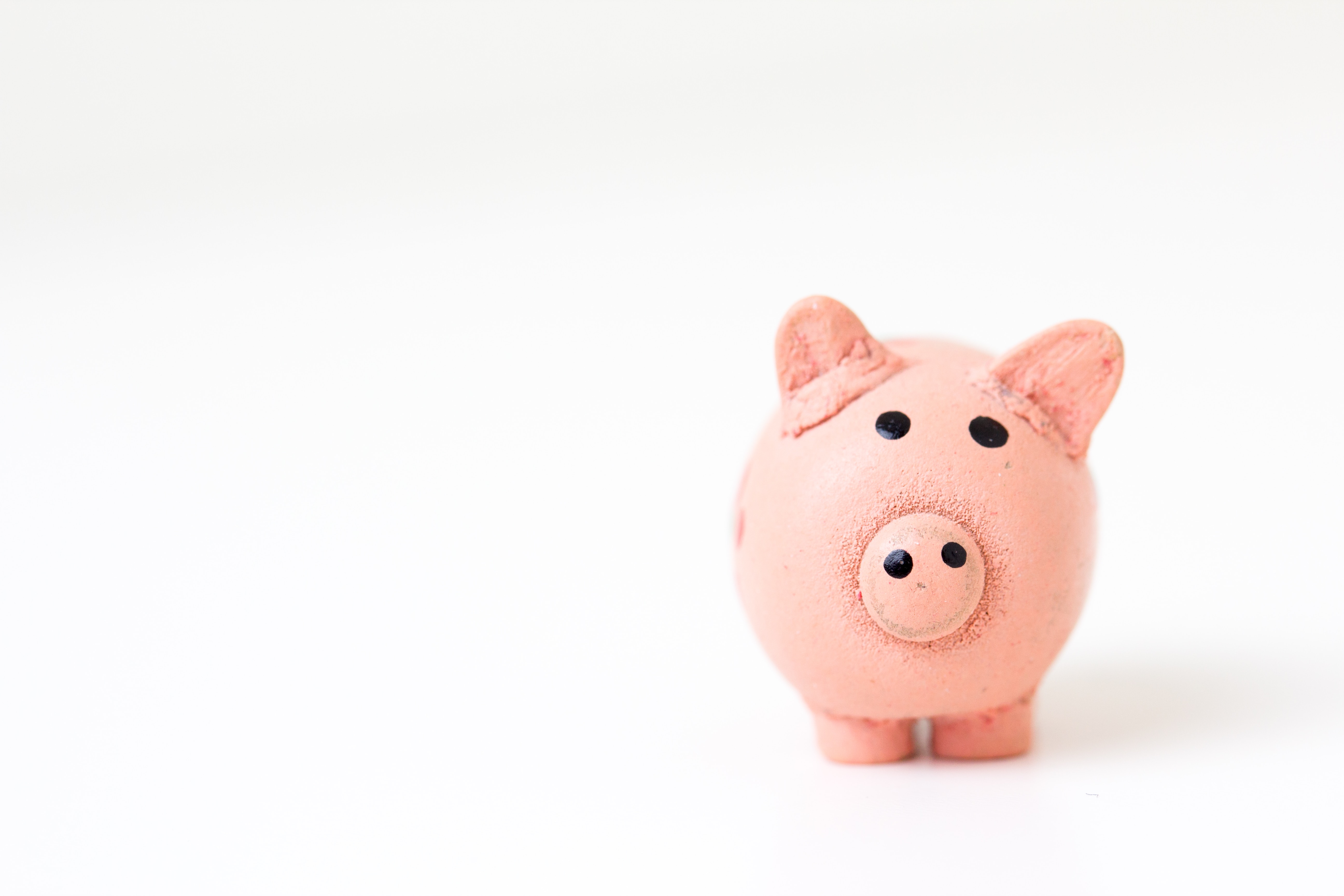Life is full of surprises — some of which can have devastating effects on your finances. Anything from small home improvements to major medical emergencies can cause extreme financial stress.
Unfortunately, a lot of people aren’t prepared for these surprise expenses. It’s important to set up an emergency fund that you can rely on to cover emergency expenses without draining your savings or going into debt.
Setting up an emergency fund doesn’t have to be difficult. All it takes is a little bit of budgeting and financial discipline.By taking a few simple steps, you can create a safety net to protect yourself in case you run into any adverse surprises in the future.
What is an emergency fund?
An emergency fund is exactly what it sounds like: a savings account meant specifically for emergency expenses.
It should not be used for planned purchases, no matter how large. It should only be used to cover unexpected expenses that could potentially upend your financial well-being.
An emergency fund will give you peace of mind in case something terrible happens. Be it job loss, foreclosure, medical emergencies, or other events, an emergency fund will protect you in case things don’t go the way you planned.
How to set up an emergency fund
Saving money isn’t always easy. It can be even harder to stay disciplined when you consider that you might never actually use the money you set aside.
While you hopefully won’t ever have to use your emergency fund, it’s better to be safe than sorry. By following a few simple steps, you can start building up your emergency fund today.
Open a high yield savings account
First, you need to choose where to put your emergency fund. A high yield savings account is a great option and fits the needs of most consumers. A high yield savings account will offer a generous annual percentage yield (APY) while giving you easy access to your money whenever you need it.
When selecting a savings account, it’s important to shop around and compare rates from different banks to find the best one for you. You should, though, make sure that you’re only looking at FDIC (Federal Deposit Insurance Corporation) or NCUA (National Credit Union Administration) insured accounts; these will provide the most security and peace of mind.
Make a budget
Budgeting is the key to saving. Without a budget, it’s easy to waste your money on unnecessary expenses like dining out and entertainment.
Start by listing all of your necessary monthly expenses, like rent, utilities, and debt. You can also include a budget for unnecessary spending and use an app like Mint to track your spending and see where you can cut your expenses.
Creating a budget and sticking to it will help you contribute as much as you can to your emergency fund.
Set goals
You don’t have to dedicate all of your spare income to your emergency fund, but you should make sure to set a monthly savings goal.
Having a goal in mind will make it easier to build an adequate emergency fund by giving you something to aim for each month. If you aren’t able to meet your goal every month, that’s okay. But you should try to meet it before spending any money on unnecessary expenses.
How much should be in your emergency fund?
This question doesn’t have a definitive answer. Of course, the more you can save, the better. However, your monthly income might restrict you from contributing as much as you would like to your emergency fund.
The best advice is to start small. Start by building up to $1,000 and go from there. If you can save more than this, that’s great, but don’t sacrifice your financial stability in order to save as much as possible.
You could also use credit card rewards programs as a means to contribute toward an emergency fund. You can use a cash back card to get a percentage back on every transaction, then route that money toward your emergency fund directly. This method will allow you to build a fund gradually over time through transactions you would have made regardless.
Ultimately, you should try to aim for at least three to six months’ worth of expenses. This will help make sure that you can support yourself in case you find yourself in extreme circumstances, like unemployment.
When to use your emergency fund
Knowing when to use your emergency fund is as important as having one in the first place. A good rule of thumb is to ask yourself a few questions before dipping into your fund, including:
- Is it an emergency?
- Is it a necessary expense?
- Is it urgent?
- Can I afford it without dipping into my emergency fund?
These questions will help you determine whether or not using your emergency fund is worth it.
It can be tempting to use these savings to cover large expenses that may not be emergencies. After all, you’re not using the money for anything, right?
But using your emergency fund for large unnecessary or planned expenses removes your safety net. Once your fund is established, it’s important to stay disciplined and avoid using it unless absolutely vital.
Setting up an emergency fund might not seem necessary to you, but you can never know what the future holds. Following these tips for creating an adequate emergency fund will help you maintain your financial stability in the face of life’s unexpected twists and turns.


